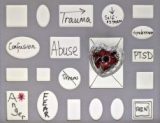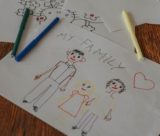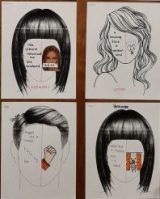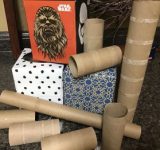
With so many children dealing with adverse conditions and trauma, this lesson is critical when teaching child development. The Brain & ACES Hyperdoc helps to understand the impact on a child’s development.

If you teach about the family, you no doubt include a few lessons or a unit on the family life cycle. In my class, I focus on each stage and do an in depth study around each stage. However, I have to introduce the stages of the theory and have done so in a variety of ways. Normally, I do an iron chef intro, but this year, due to a smaller class, I had to create a different strategy. I will include both versions in this Family Life Cycle Stages & Case Study post.

Years ago I taught about fondues and this year in my Exploring Foods class, I decided to update an oldie but goodie and add it back into the mix! In this Fun with Fondue lesson and lab, students learn about the history and customs associated with fondues before actually preparing them in the lab. In addition to making fondue, we combined a charcuterie brunch board along with it for a fun, hands-on lab!
Rachel Miller…Congratulations on winning the “Brain Architecture Game” from the Celebration Giveaway! Please check your email for address confirmation. Thank you to ALL who entered and shared so many kind and encouraging words about the lessons and activities found on…

When teaching about dating violence, there is a victim, an abuser and usually a bystander. In the movie or case study, “No One Would Tell”, referenced in this post, these roles are clearly portrayed. The Dating Violence Memoirs is a follow-up project to that case study, focusing directly on the narratives of these characters. Read on to learn more…

Toys purchased from stores can be expensive only to have children play with them for a brief period of time before setting them aside for something else. Empty boxes and containers, on the other hand, make great toys and allow for way more imagination and creativity. Better yet, they don’t cost you anything extra as you were probably going to recycle them anyway! Let students learn about the value of cardboard toys as they explore and engage in the following lesson.